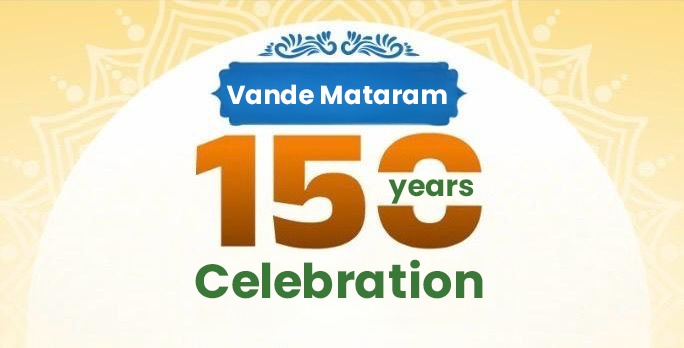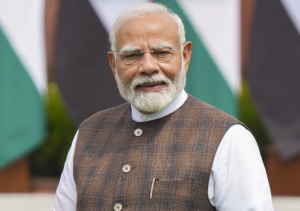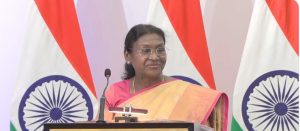The country is celebrating the 150th anniversary of its national song, Vande Mataram. A song that has inspired generations of Indians to unite, rise and celebrate the spirit of the nation. Today, our correspondent brings a report on how the spirit of Vande Mataram travelled beyond India, inspiring revolutionaries across the world. The rousing call of Vande Mataram did not stop at India’s borders; it travelled across seas and continents, igniting the flame of patriotism among Indians living far from home.
On the 22nd of August in 1907, freedom fighter Madam Bhikaji Cama unfurled the first Indian tricolour flag on foreign soil in Stuttgart, Germany. This historic act gave further momentum to the growing international attention on India’s Independence movement. The flag, designed by Madam Cama and Shyamji Krishna Varma, had the words Vande Mataram inscribed on it, symbolising India’s unbreakable spirit and call for freedom. Just two years later, in 1909, revolutionary Madan Lal Dhingra faced the gallows in London for his act of defiance against British rule.
His final words, Vande Mataram, echoed as a timeless message of bravery and sacrifice. In that very year, Indian patriots in Paris started a magazine called Vande Mataram from Geneva, spreading India’s message of freedom and unity to people across the world. And as Gopal Krishna Gokhale stepped into Cape Town in South Africa in October 1912, he was greeted by a grand procession filled with the chants of Vande Mataram echoing in the air.
From Europe to Africa, Vande Mataram became the heartbeat of India’s struggle, a song that united hearts, inspired courage, and kindled the spirit of sacrifice among revolutionaries across the world.







